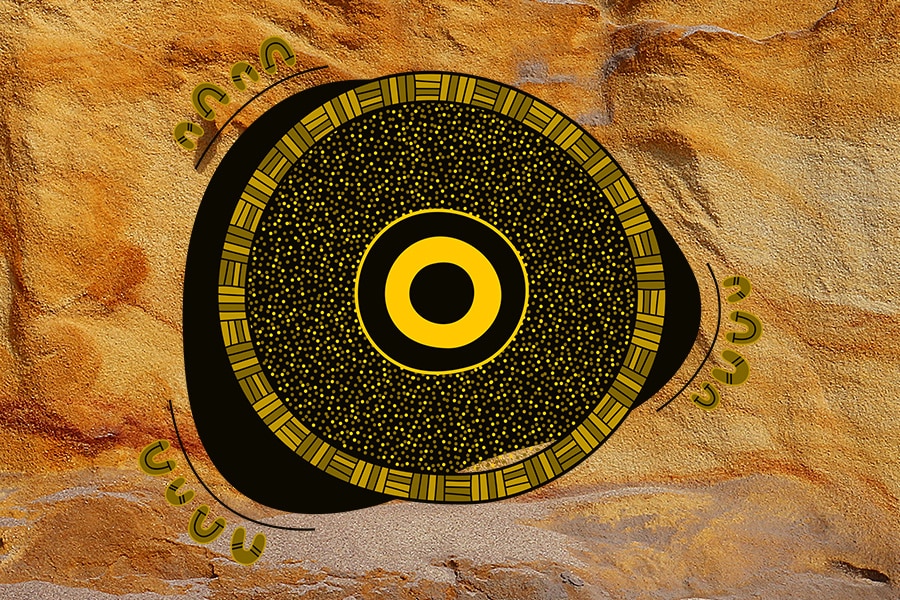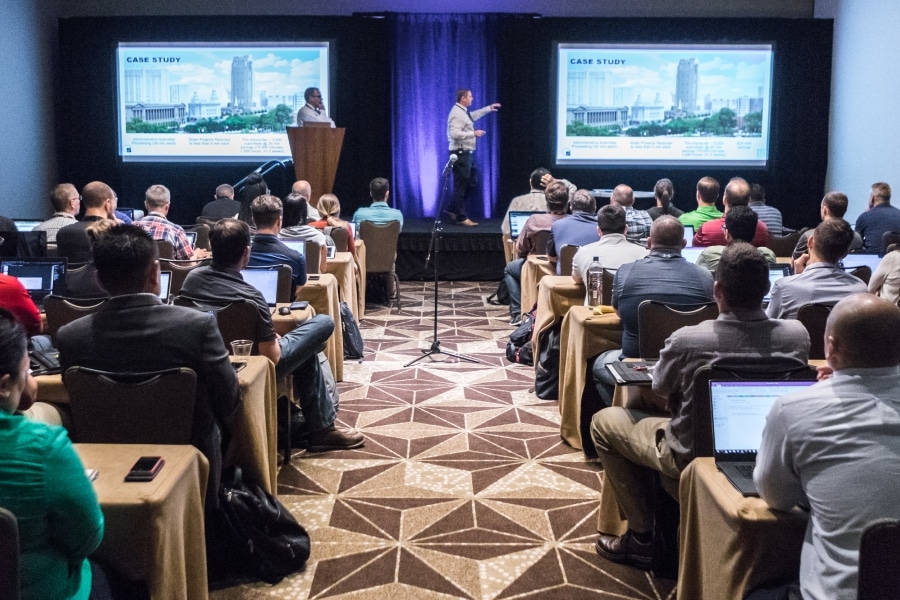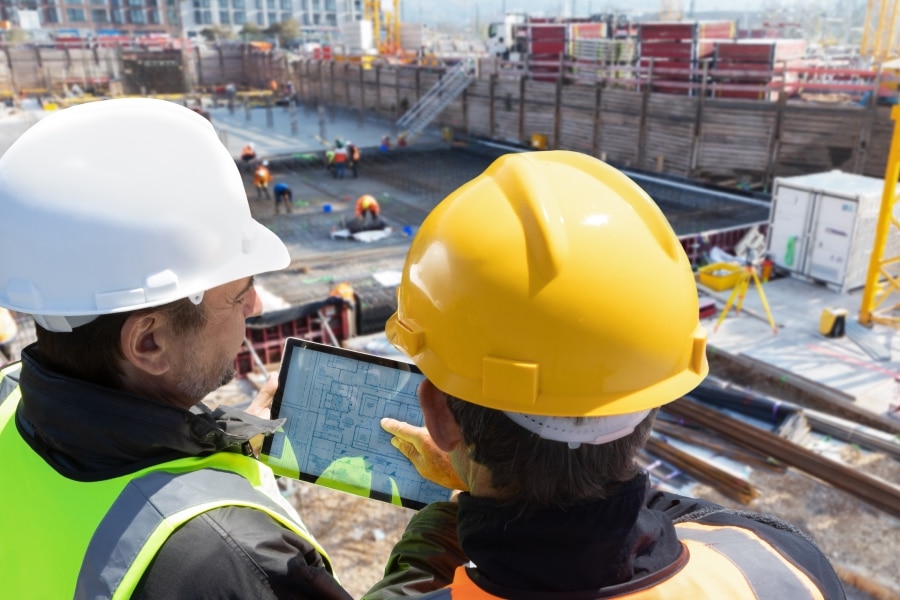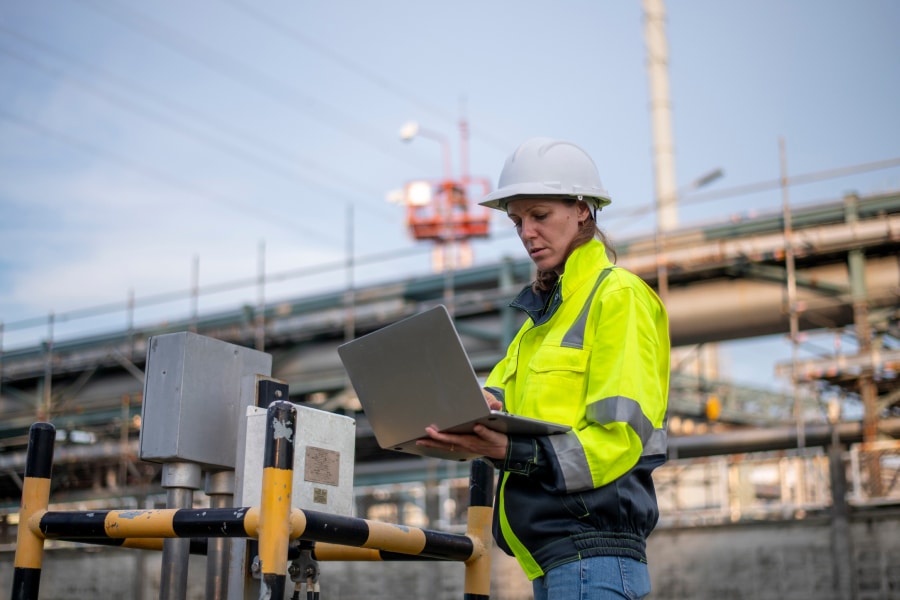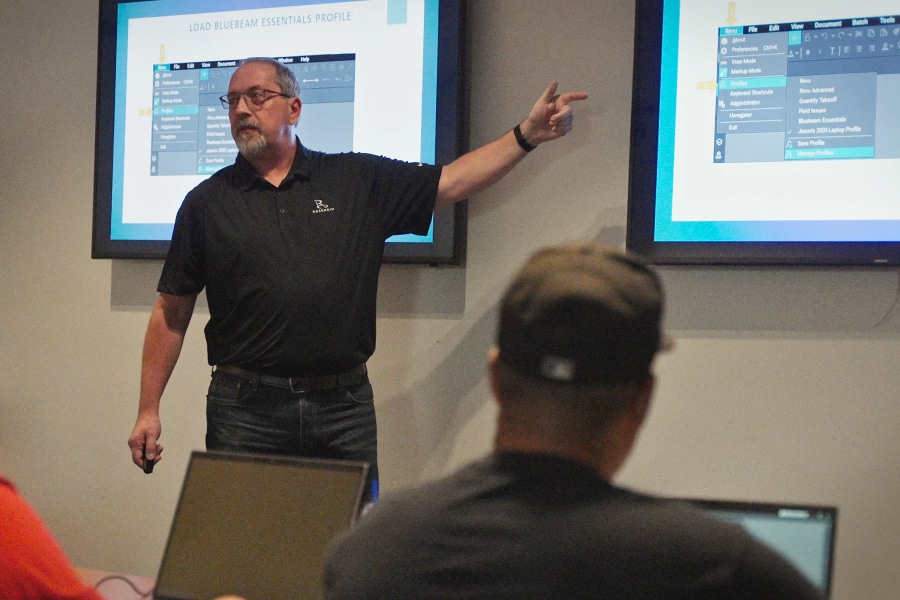Using his more than 15 years’ experience in the industry, as well as experiences across community and stakeholder engagement, Hayden Heta sought to flip the script when it comes to Aboriginal employment throughout the sector. This led the foundation of Wamarra.
Heta himself is a proud Aboriginal man of the Wiradjuri Nation in central New South Wales. He says the foundation of Wamarra has ignited a change throughout the construction industry.
“I started the company around three and a half years ago with a clear intention of providing career opportunities to Aboriginal people. Currently Aboriginal participation is a criterion under the social procurement framework which is relevant to all government funded works,” he says.
“Historically, Aboriginal participation has been met through transient outcomes. These outcomes don’t have a focus on building sustainable employment and career opportunities. Starting this company was really about providing a genuine solution to social procurement that wasn’t just project specific.”
As the Managing Director, Heta says Wamarra is committed to offering full-time employment.
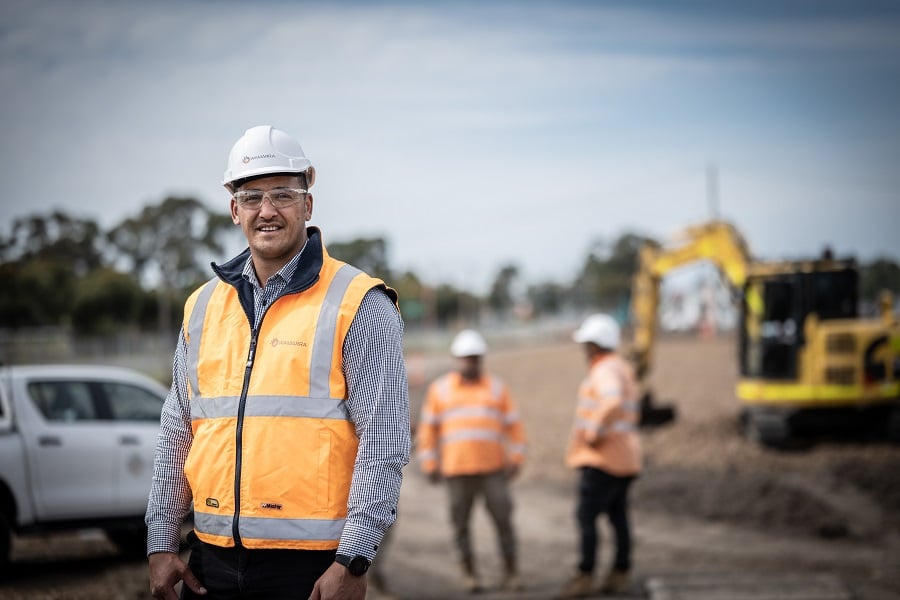
“We only offer full time employment, that provides job security and all of the benefits associated. My business partners and I share the same values and same vision,” Heta says.
“It’s something that we’re really proud of, because an investment in your people can ultimately lead to a successful business.”
Heta believes implanting systemic change begins with supporting new habits.
“We have a tier of management and leaders that can guide new entrants into the industry and start creating change. That’s really where we’ll see change, if we talk about breaking the cycle of disadvantage, it really starts with mum and dad.
“Having their parents getting up to go to work every day in some ways can create this subconscious view on what the new norm is. It can help to create role models within families and within the community.”
“The feedback is really positive. We’ve changed the lives of some people who’ve purchased their first homes. Some of our employees are the first homebuyers in their lineage.”
The company’s name is a Wiradjuri word meaning ‘to build’. And build it has.
Since its inception, Wamarra has steadily grown and increased its capabilities to suite both private industry and government works. The company has now contributed to major infrastructure works such as the Monash Freeway upgrade, North East Link and a number of Level Crossing Removal projects in Melbourne.
Wamarra already has plans in place to support further growth, with objectives such as a retention rate of more than 95 per cent across its staff and supporting a minimum of 55 Aboriginal people with employment over the next 12 months.
A company wide ethos
Wamarra forms part of the Symal Group which includes Symal Infrastructure, one of the largest providers in Victoria, with an annual turnover of more than $750 million.
Matthew Gurney, General Manager, Symal Infrastructure says the creation of Wamarra has helped to create internal change.
“We saw some real long term benefits that required some short and long term investment. As one of the largest civil employers in Victoria we’ve always valued our own internal skills. This is an extension of that,” he says.
Gurney says Heta has made a “massive impact” on both Symal and the wider industry, helping to accelerate a cultural shift.
“The number one goal of Wamarra is to provide long term upskilling employment for Aboriginal people above all else. Hayden has been instrumental in that. He’s always prioritised this as the number one priority from a board level, all the way down to the construction site.
“He’s made a huge impact and he’s been a great educator in this space.
Gurney says these impacts can be seen first-hand throughout the business.
“Wamarra is something that our people are truly proud of. For some, it’s part of the reason why people come and work at Symal,” he says.

United by tech
Beyond their commitment to changing the culture towards employment across the construction and infrastructure sectors, Symal Infrastructure and Wamarra also share a vision when it comes to their use of construction software.
Both companies utilise Bluebeam software for virtually their entire infrastructure pipeline, across multiple disciplines.
Symal and Wamarra’s engineering teams use the software across a variety of functions, as Gurney explains.
“From a pre-contract phase at the beginning of a job, [our engineers] use it for a lot of the quantification of jobs. Then as we enter the delivery phase, in a similar way, they use it for their cost forecasting. They’re able to measure up the plans and then use that information to manage drawing revisions,” he says.
“It has the unique ability, when they import a new set of drawings, they can overlay the old set and see what’s changed. The other way that they use is delivering messages to the field. They also do their vehicle movement plans on site as well as their environmental management plans. They use it in a lot of ways.”
Gurney says Bluebeam software is used across the whole business, contributing to works such as the widening of the Monash Freeway for client Major Road Projects Victoria.
Similarly, Wamarra has used Bluebeam software on works that form part of Melbourne’s Level Crossing Removal Project.
Hotak Akran, Site Engineer says he almost uses the software daily. He says the software provides greater flexibility during the planning process.
“I use Bluebeam for a variety of things. The main one is plan take-offs, so I can use drawings to give us a better idea around quantities of certain materials, I can estimate the meterage of concrete, garden beds and more,” he says.
“I also use it to create sketches for anything that’s on site that might be different to what’s in the site drawings, or even for any ideas that might come up on site. We can try and cater for these as best as we can thanks to the software.”
“I’m not sure how I’d go without it,” he jokes.


